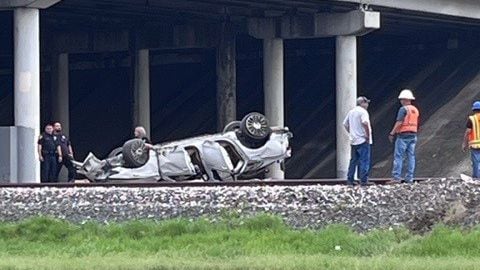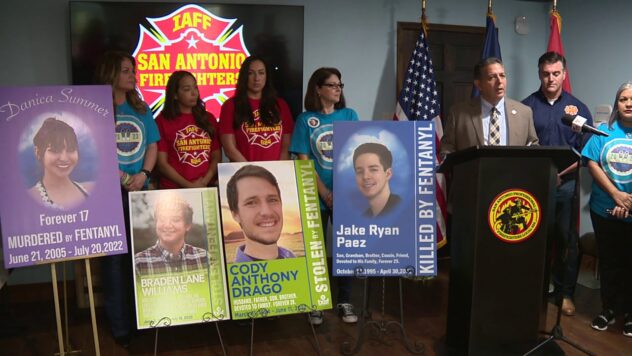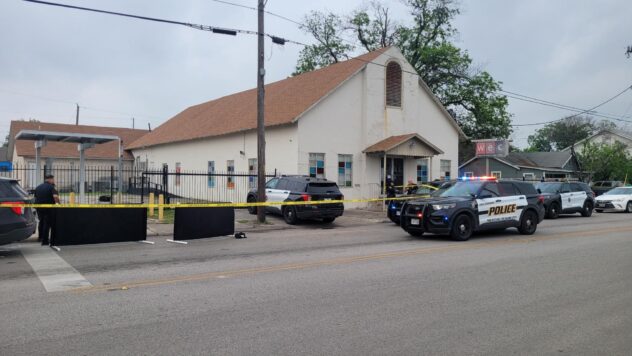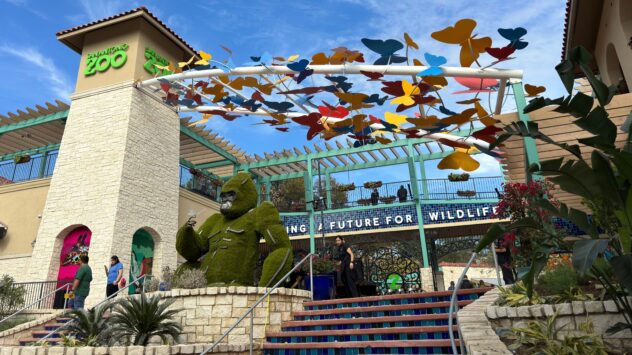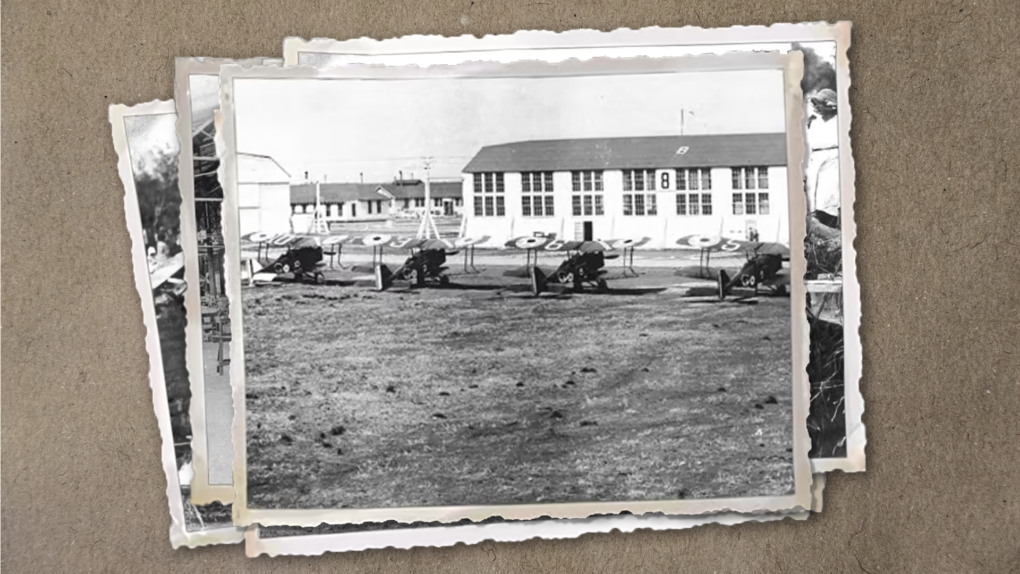
Tucked between Highway 90 and Castroville Road, Westwood Square is a neighborhood whose history has been one of struggle and determination.
“We’ve had to fight for everything. But it’s how you fight. You know, you fight with knowledge. You fight with facts,” said Manuel Garza, a community organizer who still lives there in the house where he grew up.
A former school board member in the Edgewood Independent School District, Garza took part in the 1968 student walk-out at Edgewood High School. He is now a senior adviser with the Southwest Voter Registration and Education Project.
Much like the students then, Garza said the community believed they too deserved better — they had tolerated a substandard education and school building long enough.
Until the city of San Antonio began slowly annexing the area in the 1940s and 50s, longtime residents like Garza said many parts of the West Side had no water or sewer lines, much less street lighting, paved streets, drainage and decent affordable housing.
Finally, he said, the community decided to organize in the mid-1980s.
“Let’s get this thing done. And so we did,” Garza said.
By then, a new coalition of neighborhoods, churches and others formed Communities Organized for Public Service, or COPS, in 1974.
COPS was one of their strongest allies.
“That was the perfect storm that planted the seed that allowed COPS to flourish,” said Father Mike DeGerolami, also a leader for COPS/Metro Alliance.
With the support of State Sen. Jose Menendez, a then-city councilman who represented District 6, Garza said needed projects and improvements only proceeded after the community demanded that a piece of the city budget be spent on the West Side.
Jesusita Rios, the historian for the Westwood Square Neighborhood Association, said the younger community should learn about those hardships.
“Young people need to know that history, and the things that we’ve had to go through to get to where we are today,” Rios said.
Younger residents probably don’t know what she learned growing up from the elders in the neighborhood, she said.
Rios said she heard stories about the indignities suffered by those fleeing the Mexican Revolution.
“They were the greatest people…who had history, who struggled but survived and fought,” she said. “That’s why we’re vocal.”
They’re not afraid to speak up at community meetings or before City Council.
“That’s why we’ve lasted so long,” Rios said.
At least now, she said Westwood Square has what other parts of town take for granted like a fire station, trash collection and bus service.
The Westside Education and Training Center, established by Alamo Colleges, is its first college campus.
Yet there’s still not enough affordable housing, Rios said.
Along with nicer homes, Rios said some families still live in what had been makeshift housing built with whatever scrap material they could find.
Like Garza, Rios has lived in the same house her parents did.
After dropping out of high school and later getting her GED and a master’s degree, Rios taught in Edgewood schools. She eventually became the district’s director of bilingual education before retiring.
Both Garza and Rios are among their neighbors with deep roots in the community.
They said living and working here their entire lives has taught them important lessons.
Rios said, “Even though you live in the poorest of neighborhoods, you can still do something.”
For Garza, the lesson has been, “You can succeed. Don’t let anybody tell you, you can’t.”
Read next:
- KSAT tours Westwood Square for first episode of ‘Know My Neighborhood’
- After pedestrian bridge damaged, West Side residents call for a permanent crosswalk instead of repair
- ‘We just want to feel heard’: Neighbors in Westwood Square say they want more police presence
- H-E-B confirms Las Palmas location will see renovation projects in the future as neighbors question store’s quality
- Kennedy High School plays integral role in boosting Westwood Square community

